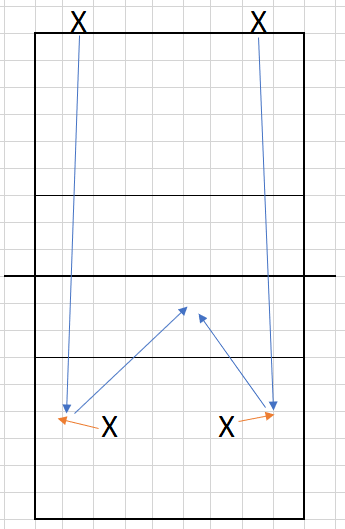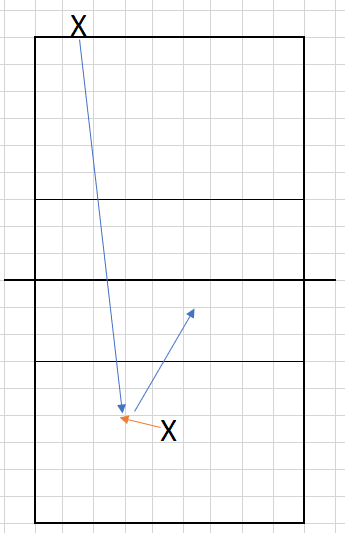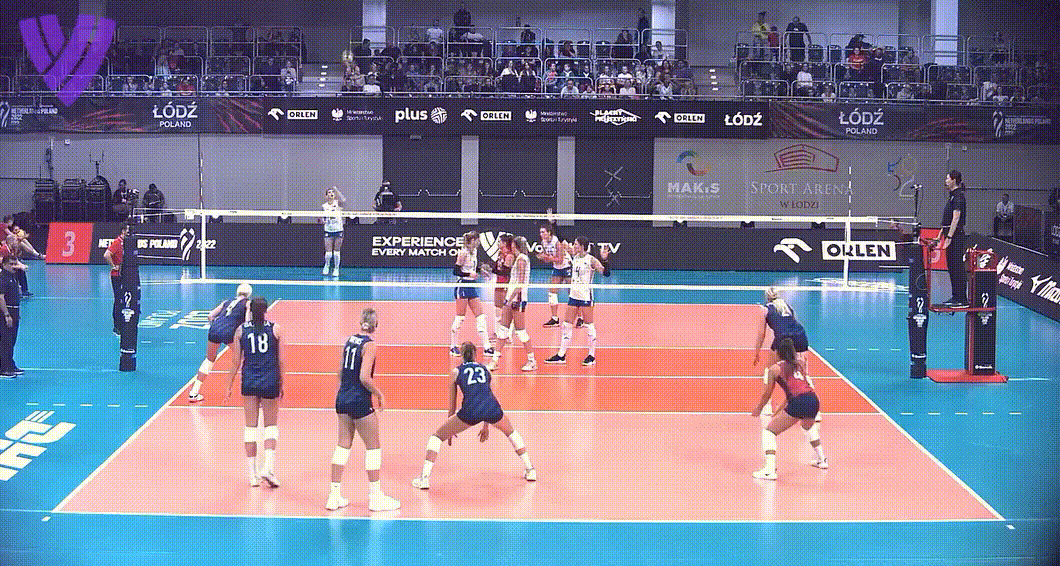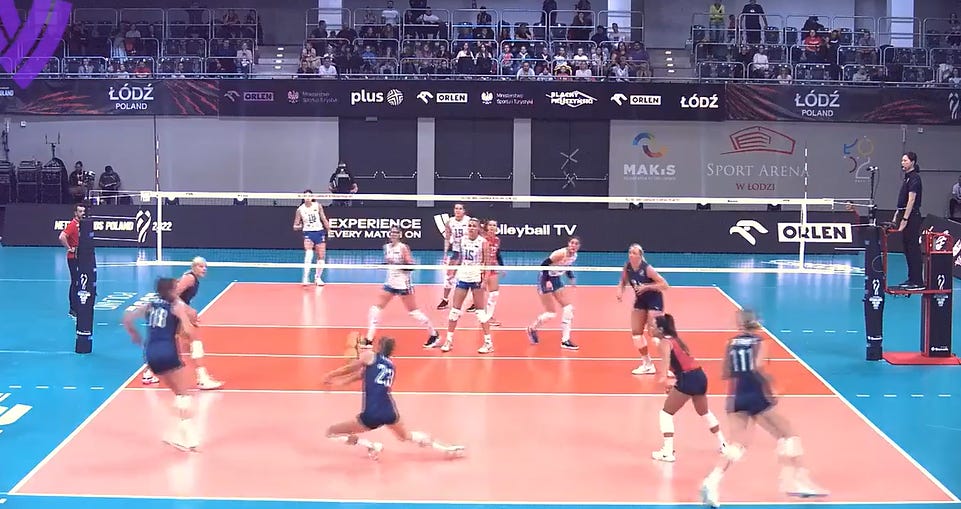Outside Angles, Inside Angles
Inside, Outside, and... Sam. (?)
Summer is (almost) here and that means we’re talking Sideout at SmarterVolley. Check out the Offense Profiles for some statistical research. The content in the month of May will revolve around passing, before we move into attacking research and content in June and July.
Today, we’ll look at some technical aspects of passing, in particular, some of the different angles that good passers make. This isn’t meant to be an exhaustive list of every possible way a passer can passer a ball, but these are the 2 (3?) broad movements that I start with, and a lot of the way I teach passing is based off these 2 (3) moves.
Webinar Reminder
At the end of the month (May 26) I’ll be hosting a webinar for Premium Subscribers. This will be a module from my Offensive Concepts seminar. This May I’ll present some of the reception systems I use in my offensive system and show you how to set them up. If you can’t get to a live event, this is a great time to become a Premium Subscriber and get access to this webinar.
Outside Angles
It’s difficult to pass balls that are between you and the sideline. I’ve shared Sanky Sanny’s research before, which shows this pretty clearly. I’ll define an Outside Angle as a ball between you and the sideline, and specifically, between you and the sideline where you need to move toward the sideline and then direct the ball back toward the center of the court.
Above are two diagrams of outside angles. I drew them with down-the-line serves for clarity, but these situations can happen off crosscourt serves. They can also occur to the zone 6 passer.
What makes it an Outside Angle in my terminology, is that the direction of movement by the passer (orange) is away from the target, so the ball needs to be passed (blue) opposite the direction of movement.
Let’s see what that looks like:
Pretty classic example of an Outside Angle here. Passer is moving to her left and directing the ball back toward the target. I sometimes refer to this as a Closed Angle, because the passer closes off her angle relative to the target.
The angle of reflection dictates how far the ball goes laterally. Let’s use accurate biomechanics drawings to illustrate this:
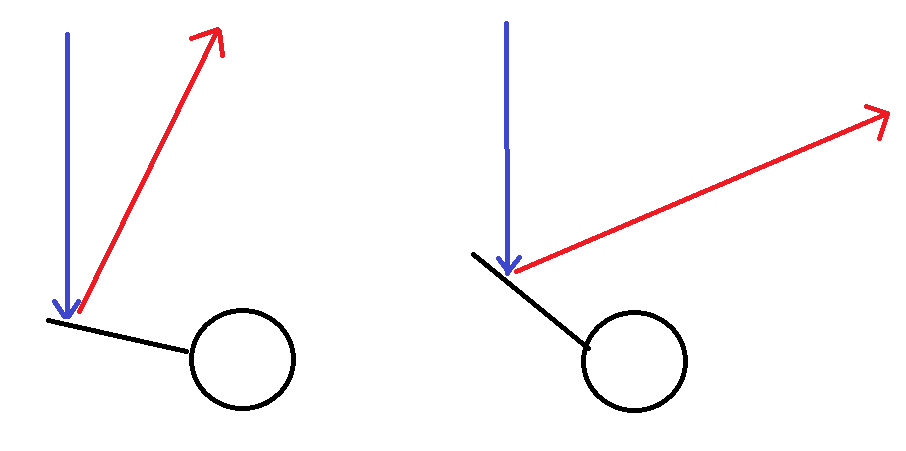
Inside Angles
Keep reading with a 7-day free trial
Subscribe to Smarter Volley by Joe Trinsey to keep reading this post and get 7 days of free access to the full post archives.

